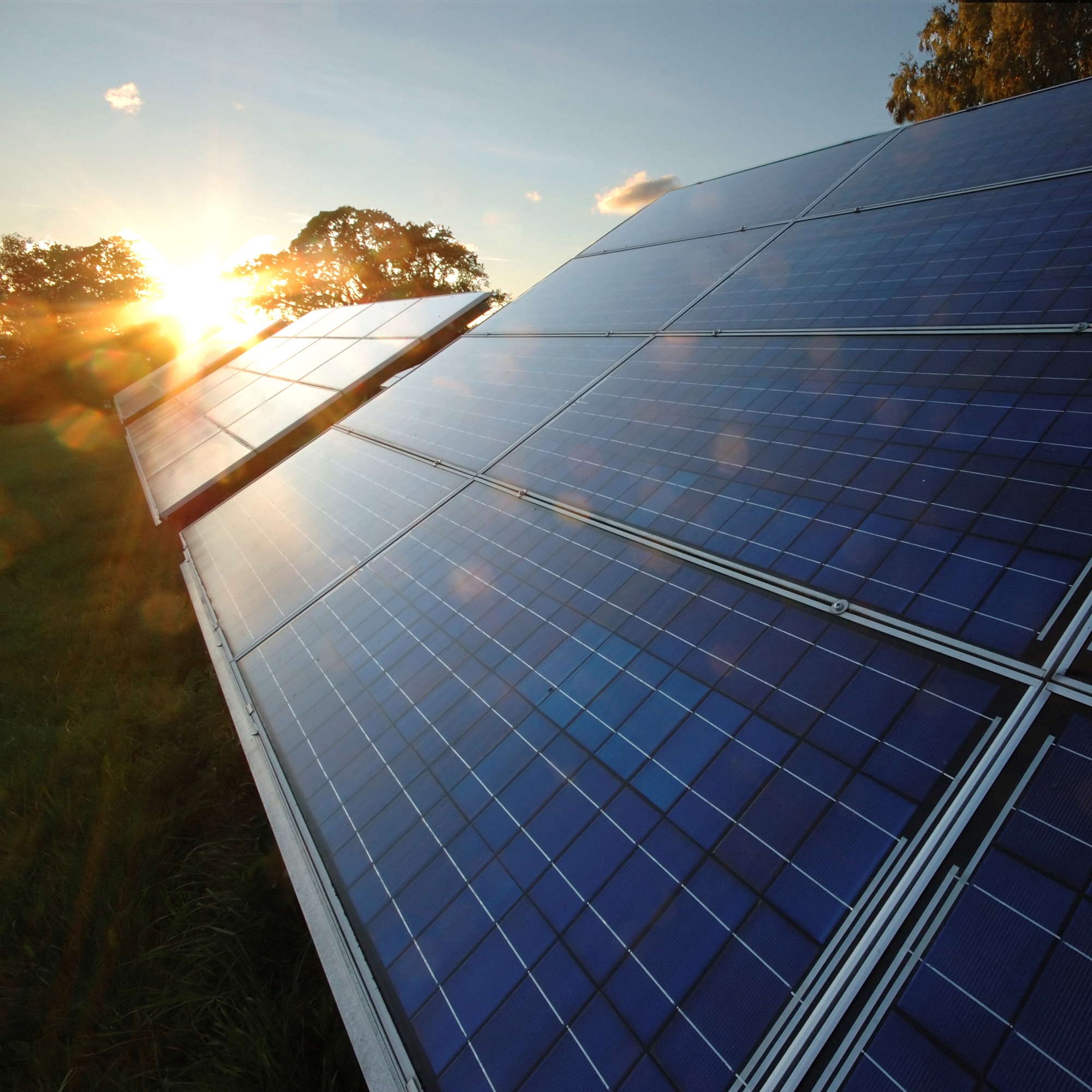Energy
After Years of Gains, Clean Energy Investment Is on the Decline

Published:
Last Updated:

Call it global warming. Call it climate change. Maybe it’s a nuance, or maybe your political stance determines how you feel about this debate. 24/7 Wall St. has tracked investment in clean energy and renewable energy for years.
It turns out that 2016 broke the growth cycle for investing in clean energy — and then some.
With a new Trump administration about to take office, it looks like there is a night and day views on climate change versus the Obama administration. That makes this report something which likely cannot be ignored. After all, it was only known for less than two months that Hillary Clinton’s clean energy trends would not continue what was seen under the Obama administration. Still, it’s a big world and many other nations outside of the United States have a serious role in clean energy.
The news at the start of 2017 is showing a stark difference for 2016. Bloomberg New Energy Finance now shows that the total dollars of new investments into clean energy fell a whopping 18% down to $287.5 billion in 2016. While the prior year was a record of $348.5 billion, what stands out here now is that the 2016 figure is also represented as being 9% lower than the $315 billion invested into clean energy in 2014.
While negative overall, the report is not showing a unilateral decline. Bright spots were shown to be in offshore wind and in activities around mergers and acquisitions. There were some national trends around the world at work against clean energy spending in 2016. There was also a point that the costs of new projects is falling.
The report from Bloomberg New Energy Finance suggests that the 2016 setback in global investment was partly due to sharp price declines seen in equipment prices. Its view is that relative cost improvements were seen in solar and wind power projects, showing that more megawatts can be installed today for the same prices which were paid for projects yesterday.
Another issue outside of falling costs was that clean energy spending was lower in China and Japan. These two nations have reportedly cut back on building large-scale projects. It even suggests that the nations have shifted their investment to digest the capacity they already have invested in during prior years. Justin Wu, head of Asia for Bloomberg New Energy Finance, said in the details of the report:
After years of record-breaking investment driven by some of the world’s most generous feed-in tariffs, China and Japan are cutting back on building new large-scale projects and shifting towards digesting the capacity they have already put in place.
China is facing slowing power demand and growing wind and solar curtailment. The government is now focused on investing in grids and reforming the power market so that the renewables in place can generate to their full potential. In Japan, future growth will come not from utility-scale projects but from rooftop solar systems installed by consumers attracted by the increasingly favorable economics of self-consumption.
The offshore wind segment was reported to have seen capital spending commitments rise by 40% to a level of $29.9 billion in 2016. Developers in Europe and China reportedly are taking advantage of larger wind turbines as well as improved economics.
The other area of strength was seen in Acquisitions in clean energy. in fact, 2016 was shown to have cracked above the $100 billion mark. This rose to $117.5 billion versus the $97 billion recorded in 2015. The rise in renewable energy project acquisitions was to $72.7 billion, while corporate mergers and acquisitions hit a record of $33 billion in 2016.
How all of this adds up under a Trump administration in the year (and years) ahead remains to be seen. 24/7 Wall St. wanted to see how the key exchange-traded funds (ETFs) have traded around this news and since the election.
Guggenheim Solar ETF (NYSEMKT: TAN) was last seen trading down almost 1% at $17.53 late on Thursday. This ETF was trading at $18.86 on election day, but that dropped to $17.81 the following day. The Guggenheim Solar ETF has a 52-week trading range of $16.45 to $25.33.
With wind power projects being higher in 2016, we took a look at the First Trust Global Wind Energy ETF (NYSEMKT: FAN). This was actually up 3-cents at $11.92 late on Thursday, January 12. That ETF was trading at $12.80 on election day and closed at $12.40 the following day. The First Trust Global Wind Energy ETF has a 52-week range of $9.89 to $13.76.
The PowerShares WilderHill Clean Energy ETF (NYSEMKT: PBW) was last seen trading at $3.74 after dropping more than 1%. This ETF was trading at $3.65 on election day, but was at $3.58 the following day. PowerShares WilderHill Clean Energy ETF has a 52-week range of $3.41 to $4.29.
With this being the most diverse in its clean and green energy companies, we wanted to show what its top holdings were, particularly as these weightings are all made to have a modified cap-weighting to prevent any one company or sector from dominating the ETF. The breakdown was represented at the Invesco holdings site as follows:
Retirement can be daunting, but it doesn’t need to be.
Imagine having an expert in your corner to help you with your financial goals. Someone to help you determine if you’re ahead, behind, or right on track. With SmartAsset, that’s not just a dream—it’s reality. This free tool connects you with pre-screened financial advisors who work in your best interests. It’s quick, it’s easy, so take the leap today and start planning smarter!
Don’t waste another minute; get started right here and help your retirement dreams become a retirement reality.
Thank you for reading! Have some feedback for us?
Contact the 24/7 Wall St. editorial team.